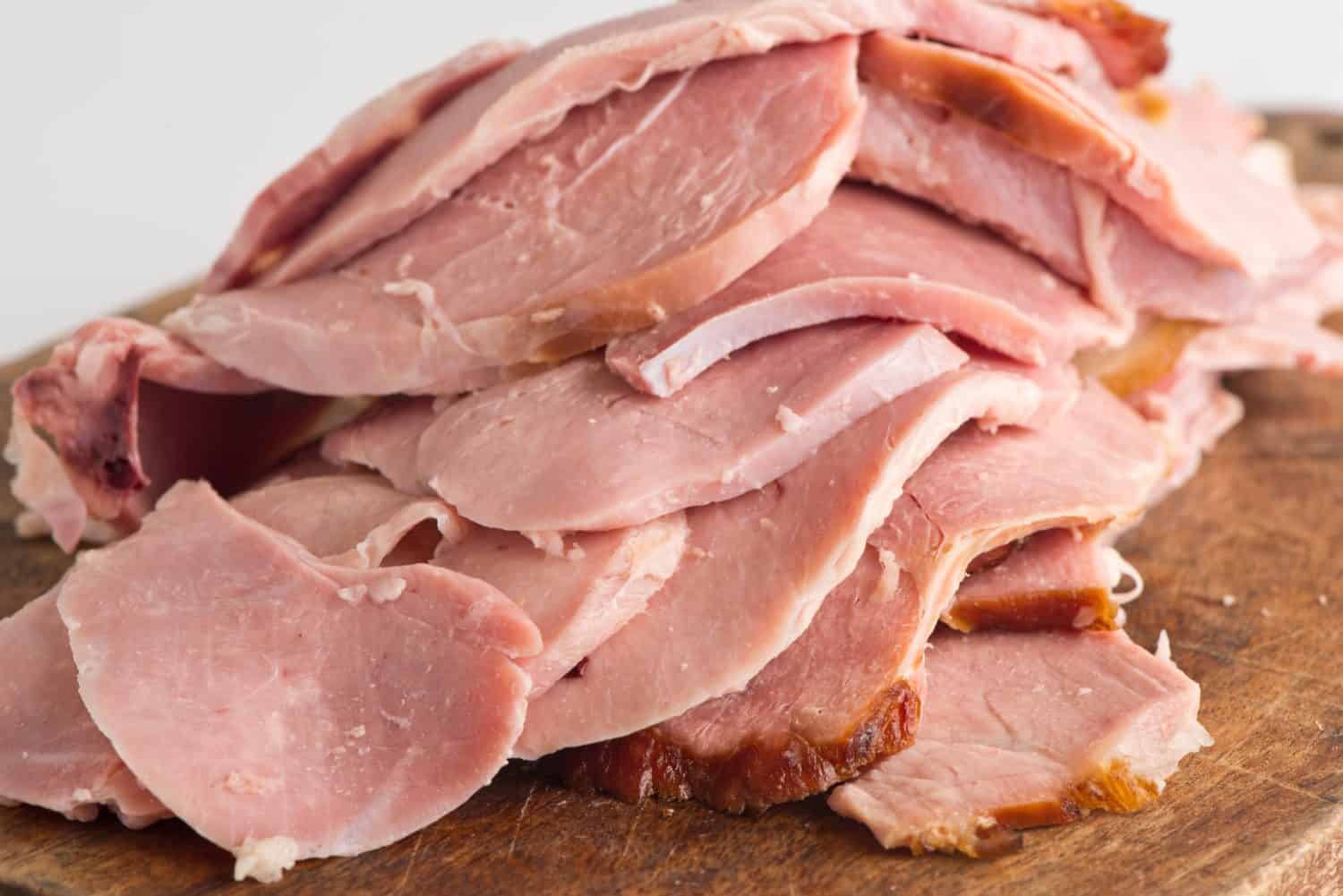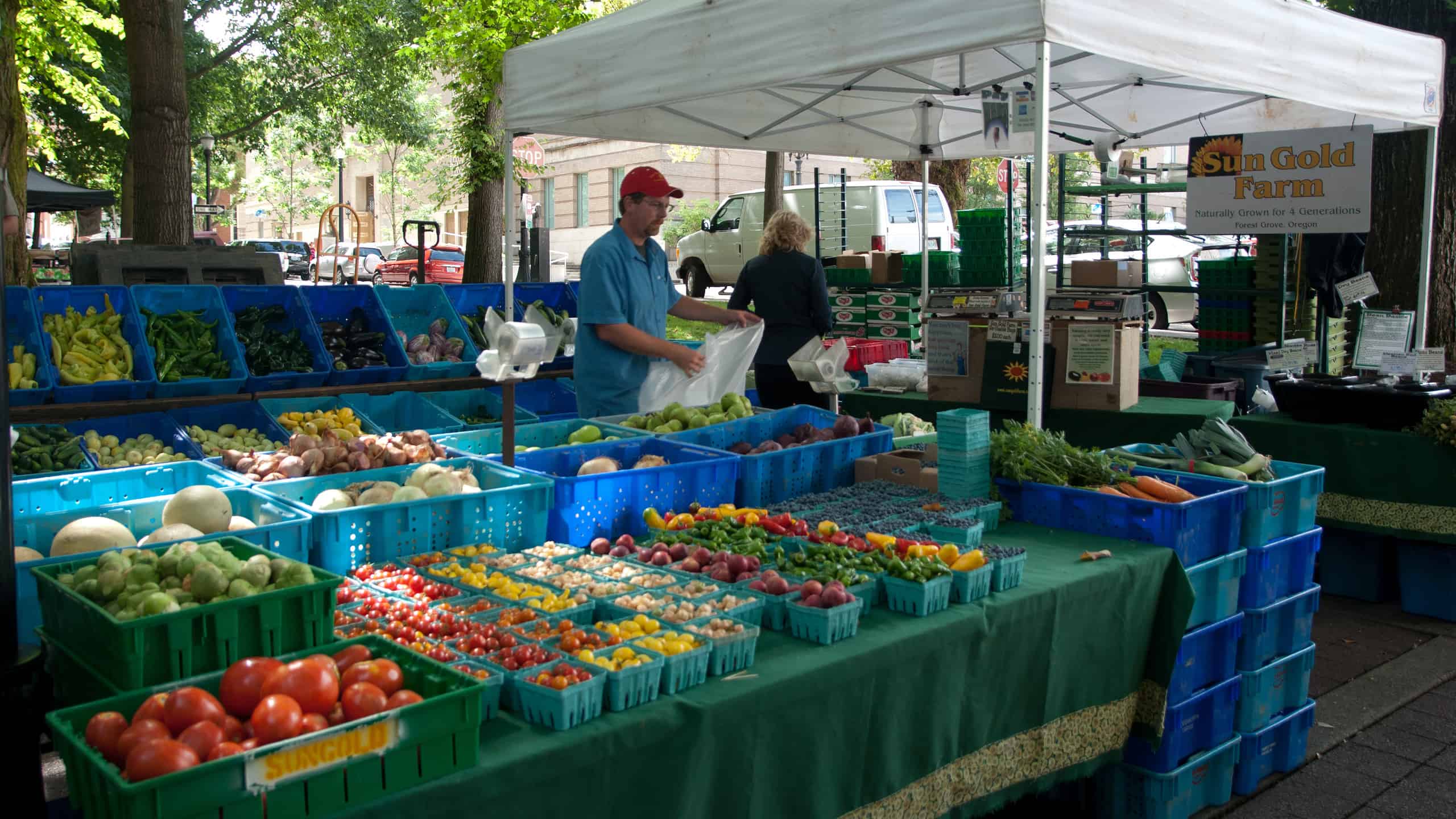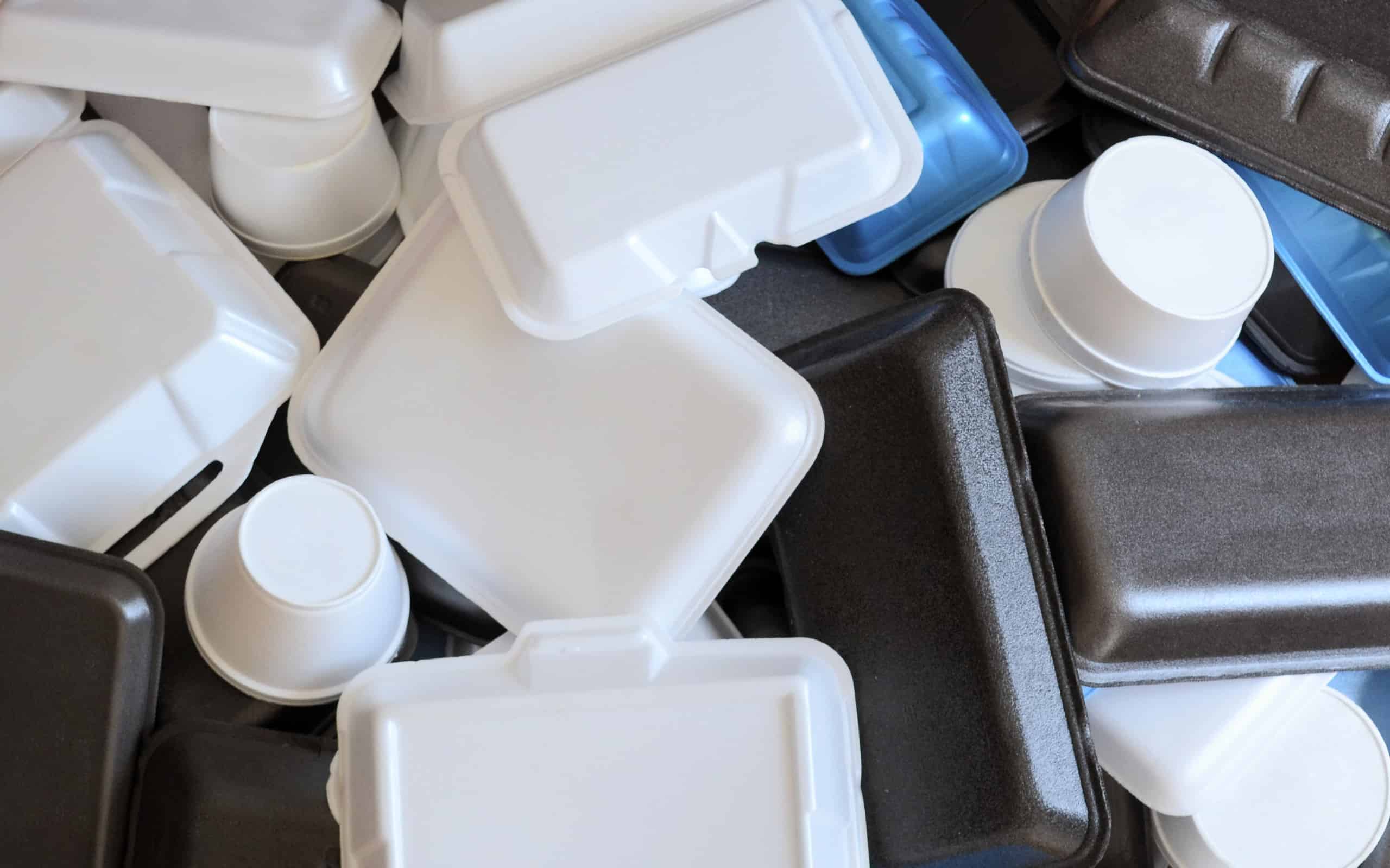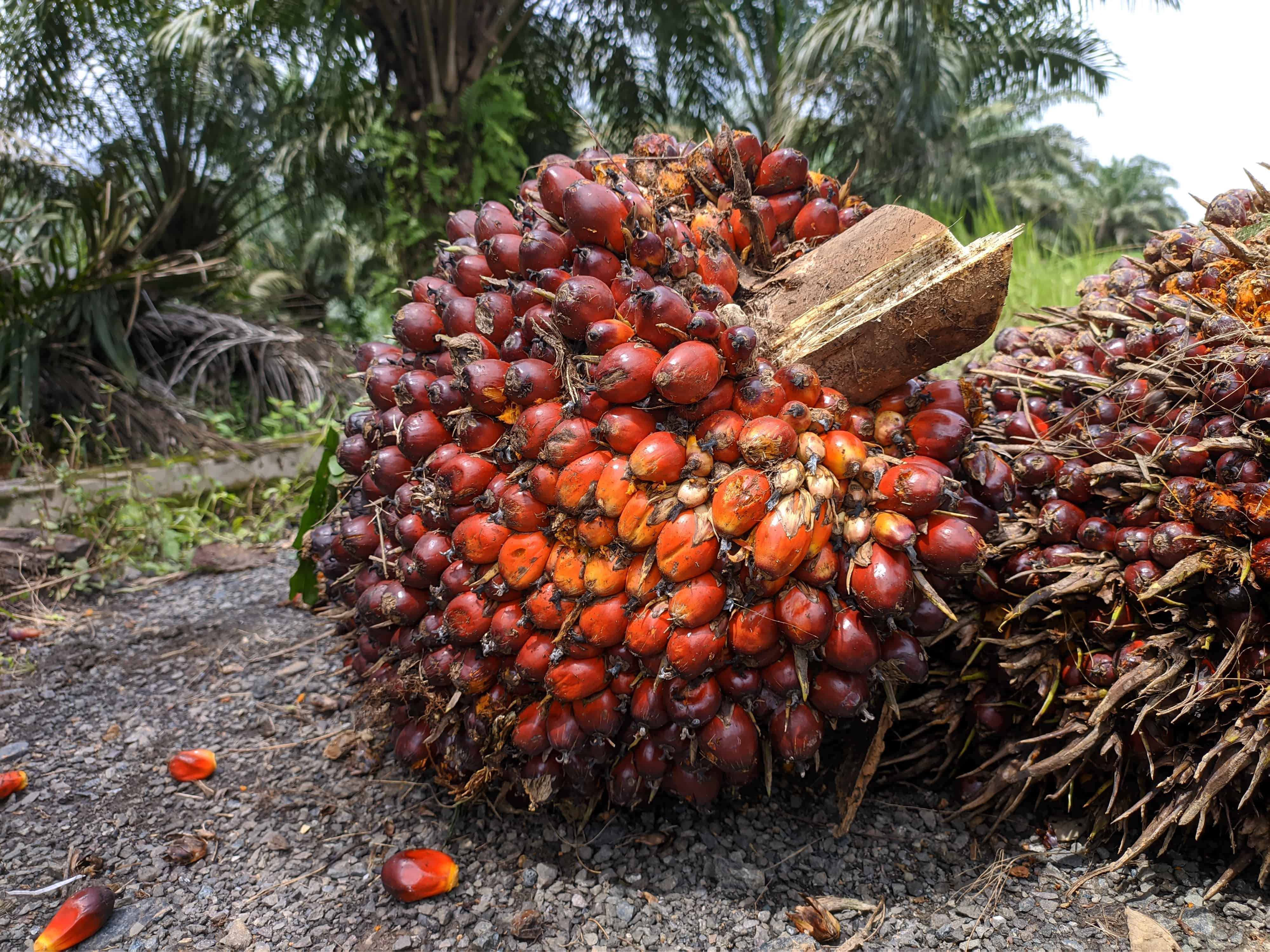
All wildlife, big and small, needs a little help from humans to continue to thrive, which is why these steps to support wildlife are so important.
©TeamDAF/ via Getty Images
Wanting to start taking steps to benefit the environment and your favorite wildlife, but aren’t quite sure how? These seven food switches are great options that are relatively easy to try out and support wildlife in one way or another. There are many other options out there, but they are sometimes much more expensive or difficult to do.
1. Cut Out Some Animal Products

Meat may be delicious, but by cutting some of it out each week, you can make a huge difference.
©Marie Sonmez Photography/Shutterstock.com
One of the biggest changes people can make to support wildlife is to cut out meat. While it doesn’t directly impact wildlife, cutting out animal products like dairy, eggs, and meats helps to reduce our impact on the environment.
Additionally, because of how many animal products people are eating each year, the number of farms is regularly increasing, which takes space away from local wildlife. Even free-range farm animals pose a problem, as they compete with local wildlife like elk or bison for resources.
Some people are willing and able to cut out animal products completely. This is great and does a lot to reduce individual impact on the environment. However, not everyone is willing or able to do that. And that’s fine. Even little changes can make a huge difference.
Ideally, it’s best if people could cut out animal products for a whole day a week. Some areas have started to promote this with slogans like “Meatless Monday“. Try to find something that works for you, whether it’s reducing the amount of meat you eat in a week or skipping animal products for a meal or two.
2. Go Local

You don’t have to give up your favorite foods to support the environment.
©iStock.com/dornoff
Many people say that forgoing meat and animal products is better for the environment. While cutting out meat is a relatively easy option for some, and does help support wildlife in its own way, there are other options.
Choosing local food benefits the economy of your area, as you’re putting money back into the community. However, it also reduces greenhouse gas emissions. Since food doesn’t have to travel as far from the farm to your house, it reduces the greenhouse gasses released every day.
It’s said the food for the US population travels over 1,500 miles from the farm to the plate. This travel produces somewhere between 5 and 17 percent more greenhouse gasses than food produced locally, or even regionally.
It may not be as beneficial as cutting out animal products, but it’s another avenue to try for those not willing to cut them out. Try and buy locally grown eggs and meat to reduce your impact on the environment.
You can even get away from farm animals, and try out new meats, like deer or even bear.
3. Find Products With Less Packaging

How you get your food is just as important as what food you choose.
©Genevieve Isabelle/iStock via Getty Images
There are a few ways to have less packaging that’s immediately tossed in the trash. The first, and most obvious, is to reduce how many pre-packaged foods you’re buying. Chips and granola bars are great examples of single-use packaging tossed as soon as you finish the bag.
But there’s also packaging you might not think about as often, such as the plastic bag holding all your apples, or the container holding all the pre-cut vegetables you are getting for your neighborhood party. No matter what’s inside the packaging, the container gets tossed and left to sit in a local landfill for hundreds of years.
Choosing fruits and vegetables that aren’t in containers and avoiding as much pre-packaged food as you can helps the environment. You can also grow your own food. By growing all the zucchini or tomatoes you’re going to need a year in your garden, you can reduce a good deal of your packaging waste.
The third option is to pick companies that make an effort to reduce their packaging as much as possible. For example, when picking out cereal, consider choosing a company like Kellogg. Though they are a big chain, they are one of the food companies with the lowest plastic footprints.
4. Reduce Waste

Waste has a big impact on the environment in a few ways.
©Pormezz/Shutterstock.com
It’s important to reduce food waste whenever possible if you want to protect the environment and local wildlife. When food is wasted, it’s sent to a local landfill. Here, the food rots and produces greenhouse gases. It invites animals into landfills with the smell. An animal in a landfill risks eating items and objects they shouldn’t eat, or they may get their hands on rotten food that will make them sick. Birds like crows, gulls, and starlings are especially at risk.
Reducing food waste means using the food you buy before it goes bad. Do you have a habit of buying fruit, only for it to rot before you think about eating it? That’s an example of food waste that needs to be curbed. Making big meals that you don’t finish is another.
However, it’s not just the average person creating food waste. Many fruits and vegetables are tossed before they even reach the grocery store because they aren’t attractive enough. If you really want to make a good impact on the environment, consider buying some foods from companies that sell the “ugly” or “imperfect” foods that would otherwise be sent to rot in a landfill.
5. Avoid Palm Oil

The oil produced from palms is one of the most widely used and harmful oils in the world.
©iStock.com/Sarno Markosasi
Palm oil is one of the big causes of deforestation when it comes to food. It’s found in about half of the products you’d find in the grocery store, including foods, cosmetics, and soaps. It’s even used to feed animals.
Palm oil itself isn’t inherently bad. The main issue is that to produce palm oil, forests are cut down in huge patches. It’s not just any forests either, but some very important forests, like rainforests. This causes already endangered animals like the orangutan, pygmy elephant, and Sumatran rhino to face even more problems, and reduces the amount of greenhouse gases absorbed back into the earth.
You don’t have to avoid all palm oils. Some are ethically sourced. Check out the RSPO‘s site for companies that provide palm oil from sustainable and ethical farming methods.
6. Choose Shade-Grown Coffee

Don’t give up your favorite cup of Joe, just make sure it’s sustainable.
©Rawpixel/iStock via Getty Images
Coffee is another big issue when it comes to protecting wildlife. Most coffee is grown in the full sun. This means clearing the land, usually via deforestation. Additionally, coffee is naturally a plant that enjoys shade. When it’s grown in full sun, it needs a lot more water and nutrients to keep it healthy.
By choosing coffee that is grown in the shade like it’s meant to, you help support local wildlife, especially birds. Many migratory birds rest in areas ruined by mass coffee farming. Some examples are the scarlet tanager, wood thrush, and the rose-breasted grosbeak, among others.
7. Use a Different Milk

There are many milk options out there, not all of them good.
©Anon_Pichit/iStock via Getty Images
There’s a huge push at the moment to move away from dairy milk. This is for many reasons. Not only is it the most environmentally unfriendly milk, but many people are allergic or have stomach problems when drinking dairy.
Unfortunately, just because a milk isn’t dairy doesn’t mean it’s good. Coconut, almond, and rice milk are all harmful to the environment as well. They are better than dairy milk but have their own problems such as deforestation, an excess need for water, and even the killing of bees.
So which milk is a better switch? Consider trying oat milk, soy milk, hemp milk, or hazelnut milk. All of these are pretty good for the environment, and they actually taste rather good.
Summary of Food Switches to Support Wildlife
| List Number | Food Switches to Make | Examples |
|---|---|---|
| 1 | Cut animal products | Go a day a week without animal products like eggs, dairy, and meat |
| 2 | Shop locally | Visit farmer’s markets or food co-ops in your area |
| 3 | Reduce packaging | Avoid pre-packaged foods, or go with brands that don’t use as much packaging |
| 4 | Reduce food waste | Make sure you only buy what you need and buy food that would otherwise be tossed out |
| 5 | Avoid unethical palm oil | Many soaps, shampoos, deodorants, and foods have palm oil |
| 6 | Buy shade-grown coffee | Pretty much all Arabica coffee must be shade-grown |
| 7 | Change your milk | Almond milk is also pretty bad for the environment, so consider oat or hemp milk instead |
The photo featured at the top of this post is © sarayut_sy/Shutterstock.com
Thank you for reading! Have some feedback for us? Contact the AZ Animals editorial team.






